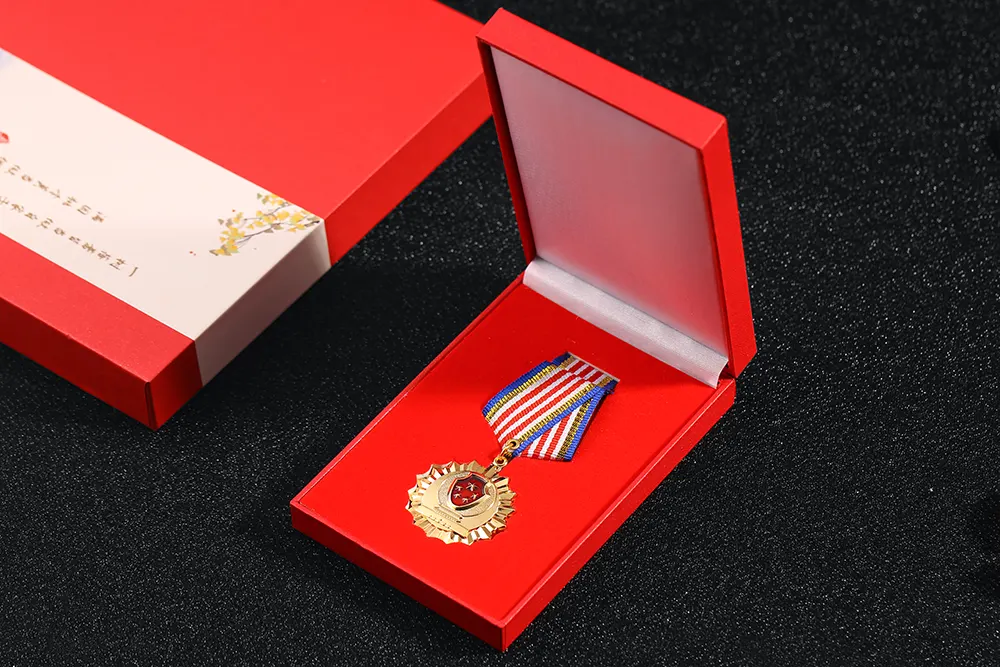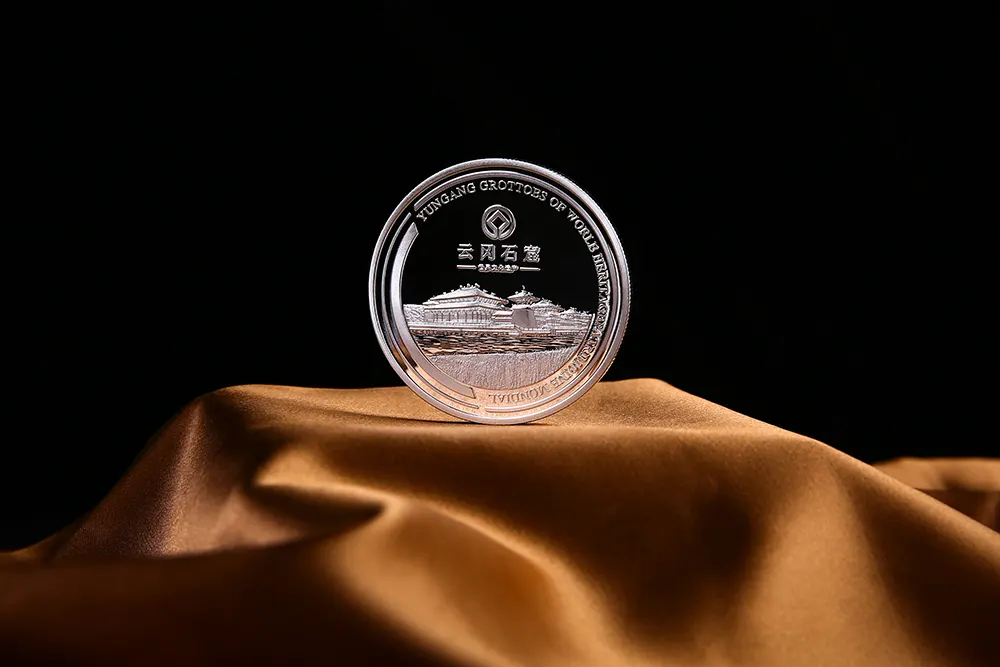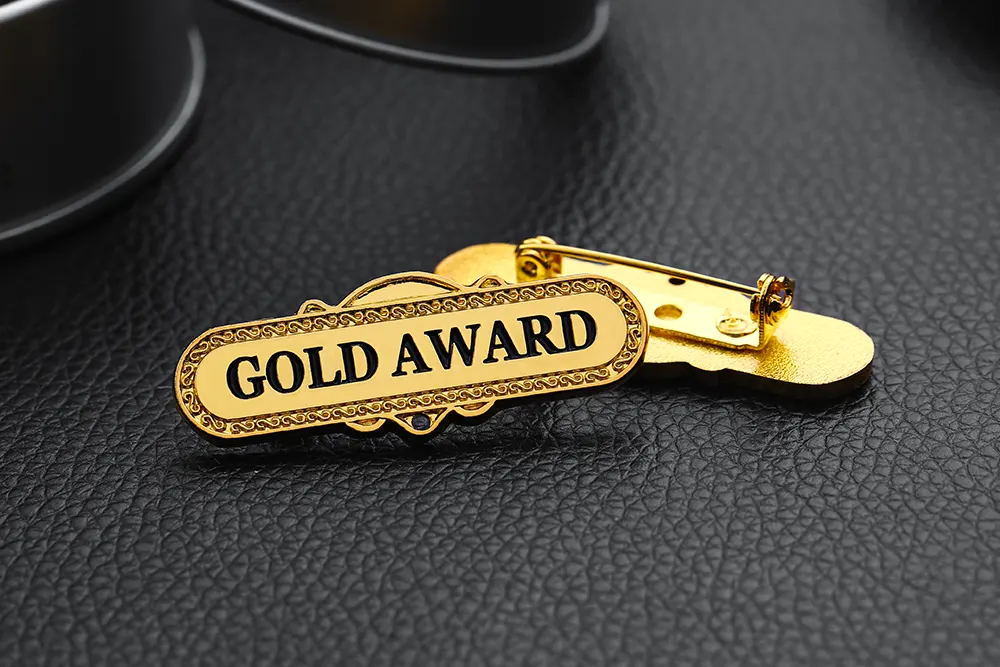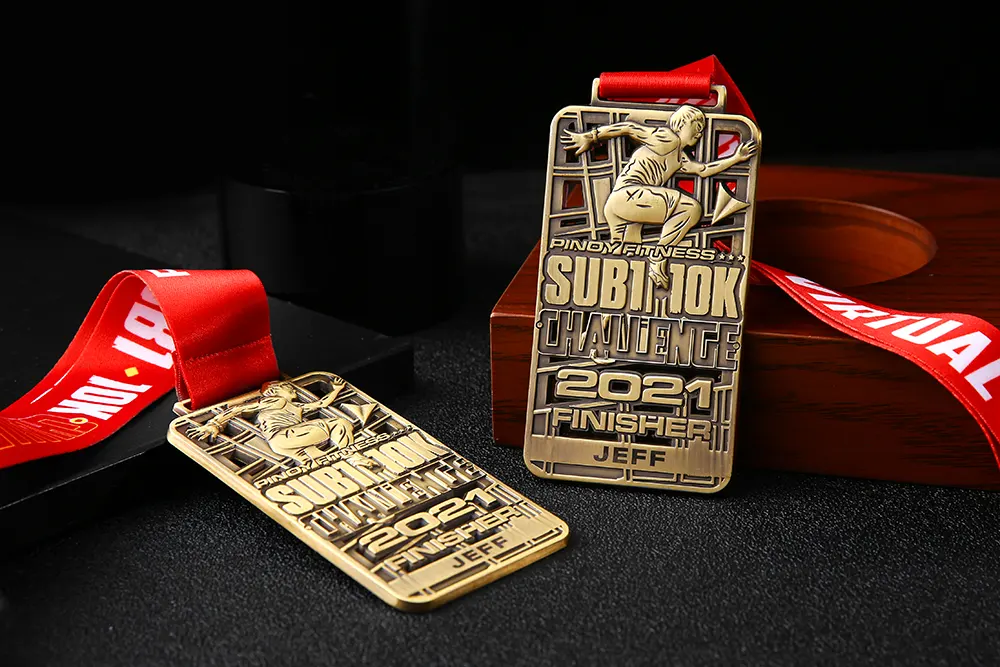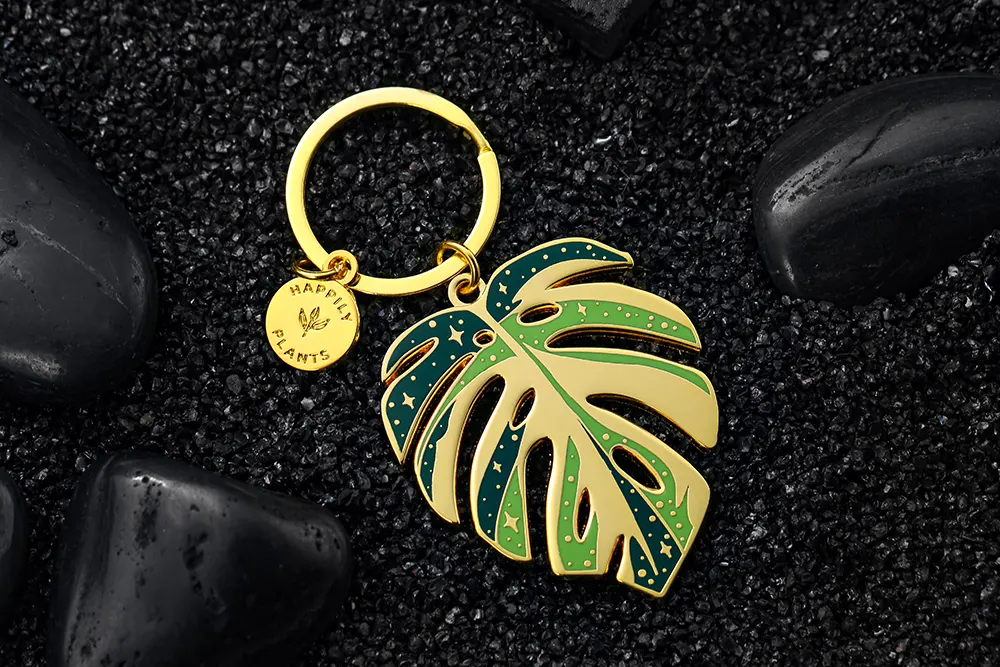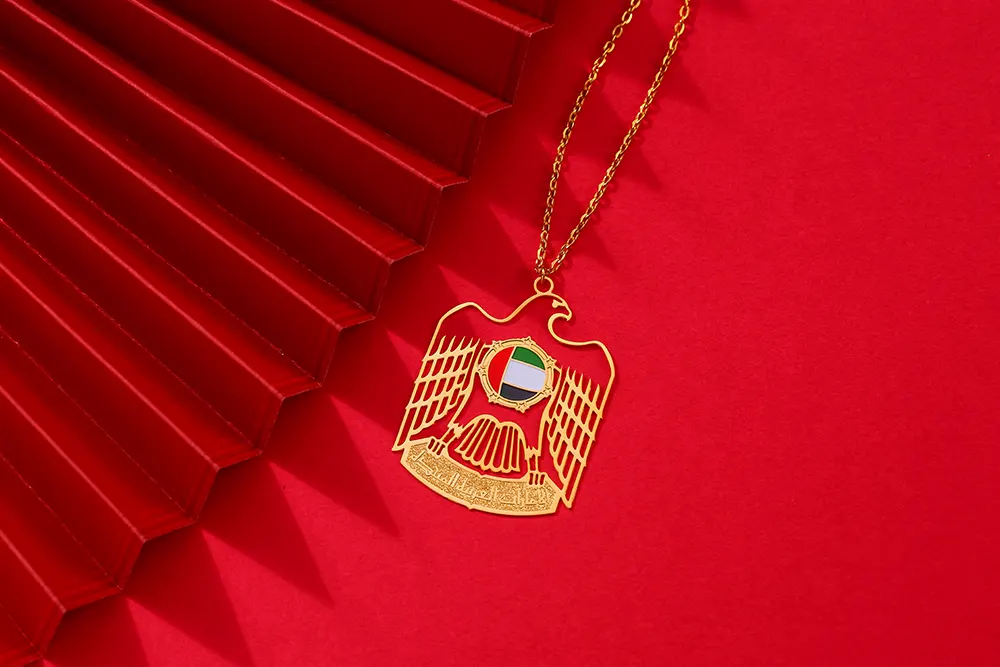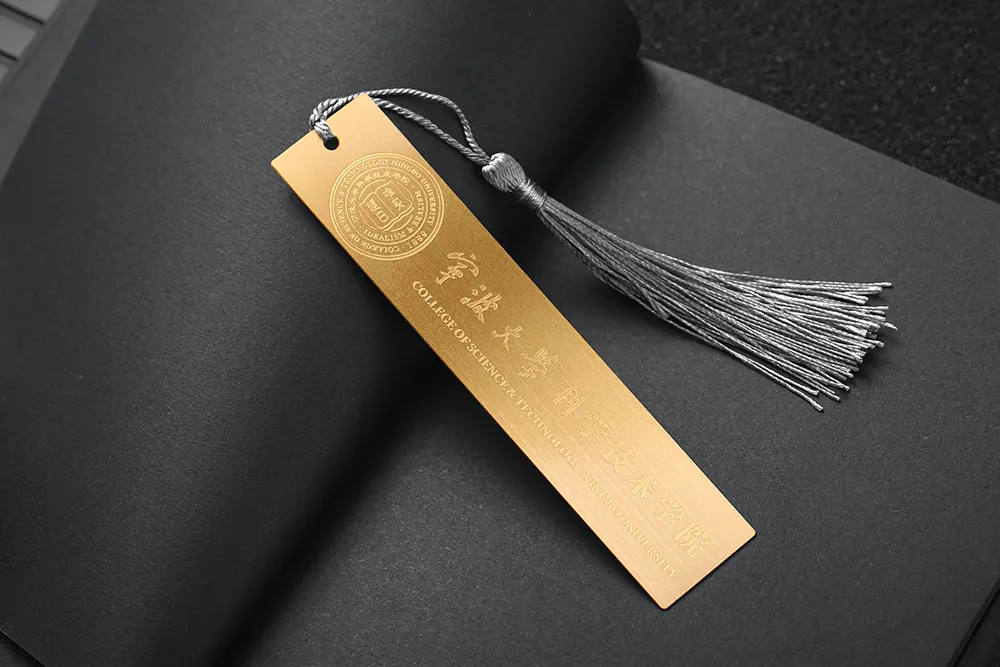World War II service medals and ribbons represent more than colored fabric and metal—they tell the stories of millions who served between 1939 and 1945. Whether you’ve inherited a shadowbox from a grandfather, discovered medals at an estate sale, or are researching your family history, learning to identify these decorations helps preserve an important part of military heritage.
Why Proper Medal Identification Matters
Identifying World War II medals serves several important purposes. For families, it helps document a veteran’s service record and understand where they served and what they accomplished. For collectors and historians, proper identification ensures accurate preservation and prevents the spread of misinformation. Medal identification also assists in detecting reproductions or fraudulent decorations, which protects the integrity of genuine military awards.
Understanding the Basics of WWII Military Decorations
The United States military awarded numerous medals and ribbons during World War II. These decorations fall into several categories: valor awards for acts of heroism, campaign medals for service in specific theaters or operations, service medals for meeting basic service requirements, and unit citations awarded to entire groups rather than individuals.
Each medal has a corresponding ribbon that could be worn on the service uniform. The full medal, with its hanging pendant, was typically reserved for dress uniforms, while the ribbon bar represented the same award on everyday uniforms. This is why you’ll often find both ribbons and medals in a veteran’s collection.
Common WWII Army Medals and Their Identification
The Purple Heart
Perhaps the most recognizable decoration, the Purple Heart features a purple ribbon with white edges. The medal itself displays George Washington’s profile in gold on a purple heart-shaped background. This award was given to service members wounded or killed in action. The ribbon’s distinctive coloring makes it one of the easiest to identify at a glance.
The Bronze Star Medal
The Bronze Star ribbon shows a vertical red stripe in the center, flanked by white and blue stripes. The medal features a bronze star overlaid on another star. It was awarded for heroic or meritorious service during World War II. Many Bronze Stars included a “V” device, a small bronze letter V attached to the ribbon, indicating valor in combat.
The Silver Star
The Silver Star ribbon consists of a vertical center stripe in red with thin white and blue stripes on each edge, then larger blue sections. The medal shows a silver five-pointed star. This decoration ranks third among valor awards, behind only the Medal of Honor and the Distinguished Service Cross, and was given for gallantry in action.
Campaign and Service Medals
The American Campaign Medal features a ribbon with a center stripe of three thin stripes (blue, white, red), flanked by stripes of white, black, scarlet, and white on each side, then blue edges. This was awarded to anyone who served in the American theater between December 7, 1941, and March 2, 1946.
The European-African-Middle Eastern Campaign Medal has a ribbon with brown edges, then stripes of white, red, white, green in the center, repeating in reverse. Bronze stars on the ribbon indicate participation in specific campaigns or battles within these theaters.
The Asiatic-Pacific Campaign Medal ribbon displays orange edges with wide red stripes, then white, a center stripe with blue-white-blue thin stripes, and the pattern reversed on the other side. Like the European medal, bronze stars denote individual campaigns.
Army Air Corps Ribbons from WWII
Service members of the Army Air Corps, which became the independent Air Force in 1947, received the same basic decorations as other Army personnel. However, aircrews often accumulated distinctive combinations of awards that reflected the dangerous nature of aerial combat.
Air Medal ribbons are particularly common among Army Air Corps veterans. The ribbon features vertical stripes of blue and orange. This decoration was typically awarded after a certain number of combat missions—often five missions for bomber crews or ten for fighter pilots, though criteria varied.
The Distinguished Flying Cross, awarded for heroism or extraordinary achievement during aerial flight, has a ribbon with blue edges, then white, red, and white stripes with a blue center stripe. Many aircrews received multiple awards of both the Air Medal and Distinguished Flying Cross, indicated by bronze or silver oak leaf clusters attached to the ribbon.
A Personal Encounter with Medal Identification
Several years ago, while helping a neighbor clean out her late father’s attic, I came across a weathered wooden box containing seven ribbons and three medals. She knew her father had served in the Pacific but had few details about his service. By carefully examining each ribbon’s color pattern and sequence, I identified the Asiatic-Pacific Campaign Medal with three bronze stars, indicating he’d participated in at least three major campaigns. The ribbon for the Philippine Liberation Medal, with its vertical stripes of red, white, and blue, confirmed he’d served in the Philippines campaign. Most touching was the Purple Heart, which the family hadn’t known he’d received. This discovery opened conversations with her uncle, who shared stories about her father’s service that had never been told. That experience showed me how identification goes beyond academic exercise—it helps families connect with their history.
How to Identify World War 2 Army Ribbons Step-by-Step
Start by examining the ribbon’s color pattern carefully. Note the primary colors, their order, and the width of each stripe. Many ribbons have distinctive patterns that make identification straightforward once you know what to look for.
Document what you see with photographs, particularly in natural light. Take close-up shots of any devices attached to ribbons, such as bronze or silver stars, oak leaf clusters, or the “V” device for valor. These additions provide crucial information about the specific circumstances of the award.
Compare your ribbons against official reference materials. The Institute of Heraldry maintains authoritative records of all U.S. military decorations. Several published guides, including the official Army and Navy regulations from the 1940s, show exact ribbon patterns with detailed descriptions.
Check for unusual features. Some ribbons have specific design elements that distinguish them from similar awards. For example, the World War II Victory Medal ribbon has a rainbow pattern that’s quite distinctive, while the Good Conduct Medal shows thin and thick red stripes alternating with white.
Understanding Ribbon Devices and What They Indicate
Bronze and silver stars on campaign ribbons represent participation in specific campaigns, battles, or engagements. Each bronze star typically indicates one campaign, while a silver star represents five campaigns, replacing five bronze stars.
Oak leaf clusters appear on ribbons to show subsequent awards of the same decoration. A bronze oak leaf cluster indicates one additional award, while a silver oak leaf cluster represents five additional awards. For example, an Air Medal ribbon with two bronze oak leaf clusters means the airman received three Air Medals total.
The “V” device, a bronze letter V, designates valor awards. When attached to certain medals like the Bronze Star, it distinguishes between awards given for heroic actions in combat versus meritorious service in a non-combat role.
Arrowheads on campaign medals indicate participation in amphibious assault landings or airborne operations. These small bronze arrowheads help identify veterans who participated in major operations like D-Day or the island-hopping campaigns in the Pacific.
Common Challenges in WWII Medal Identification
Faded ribbons present one of the most common identification challenges. Decades of exposure to light and air can significantly alter ribbon colors, making red appear pink or brown, and blue fade to gray. When dealing with faded ribbons, look for areas that may have been protected from light, such as portions that were folded or overlapped by other ribbons in storage.
Reproductions and replacement ribbons add another layer of complexity. After the war, many veterans purchased replacement ribbons when originals wore out or were lost. These replacements sometimes show slight variations in color or stripe width compared to wartime originals. This doesn’t diminish their significance, but it’s worth noting when documenting a collection.
Incomplete sets make identification more difficult. You might find ribbons without their corresponding medals, or medals without documentation. In these cases, focus on identifying what you have rather than speculating about missing pieces.
Resources for Accurate Identification
The National Archives holds individual service records that can verify which medals a specific veteran received. These records, available through formal request, provide official documentation of awards and can confirm identifications you’ve made.
Veterans service organizations, including the American Legion and Veterans of Foreign Wars, often have knowledgeable members who can assist with identification. Local chapters frequently include WWII historians who volunteer their expertise.
Military museums maintain extensive collections of World War II decorations and employ curators with specialized knowledge. Many museums offer identification services or can direct you to reputable experts.
Published references remain valuable tools. Books like “Medals of America: Military Awards and Decorations” provide detailed color photographs and descriptions. Official military publications from the 1940s, while harder to find, offer the most authoritative information on wartime standards.
Preserving Medals After Identification
Once you’ve identified WWII medals and ribbons, proper preservation ensures they’ll survive for future generations. Store items in a cool, dry environment away from direct sunlight. Avoid attics and basements, where temperature and humidity fluctuations can cause damage.
Handle medals and ribbons minimally and always with clean, dry hands. Oils from skin can tarnish metal components and degrade ribbon fabric over time. For valuable or historically significant collections, consider using cotton gloves during handling. For advice on cleaning medals and ribbons, consult guides that detail appropriate techniques for preservation.
Document everything you’ve learned about each decoration. Create a written record that includes the identification, any known stories associated with the award, and historical context. This documentation becomes part of the collection’s value and significance.
Consider professional display options for items you want to exhibit. Shadow boxes with UV-protective glass shield decorations from light damage while allowing them to be viewed and appreciated. Ensure any mounting materials are acid-free to prevent long-term degradation.
The Broader Significance of Medal Identification
Identifying World War II medals connects us to a pivotal moment in world history. Each ribbon and medal represents not just an award, but a person who served during one of humanity’s most challenging periods. These physical objects serve as tangible links to experiences that shaped the modern world.
For younger generations, properly identified and documented medals provide educational opportunities. They transform abstract history lessons into personal stories, making the war’s events more real and relatable. A grandfather’s Bronze Star becomes a conversation starter about courage, sacrifice, and duty.
The process of identification itself honors veterans’ service. Taking time to understand and properly document these awards shows respect for what they represent. It ensures that the achievements and sacrifices they commemorate won’t be forgotten or misunderstood.
Moving Forward with Your Identification Project
Beginning the process of identifying WWII medals might seem daunting, but approach it methodically and you’ll find it rewarding. Start with what you can easily identify—the most common decorations like the Purple Heart or campaign medals—then work toward more difficult identifications.
Don’t hesitate to seek help from experts when you encounter challenging identifications. The community of military historians, collectors, and veterans’ advocates is generally welcoming and eager to assist with proper identification and documentation.
Remember that each medal tells a story, and identifying them is just the first step in preserving those stories. Take time to research the context of each award, learn about the campaigns and battles represented, and if possible, gather firsthand accounts from veterans or their families.
Through careful identification and preservation of World War II medals and ribbons, we maintain vital connections to this defining chapter of the twentieth century. These small pieces of colored ribbon and metal represent extraordinary human experiences, and properly identifying them ensures those experiences—and the people who lived them—are remembered with the honor and accuracy they deserve.
















